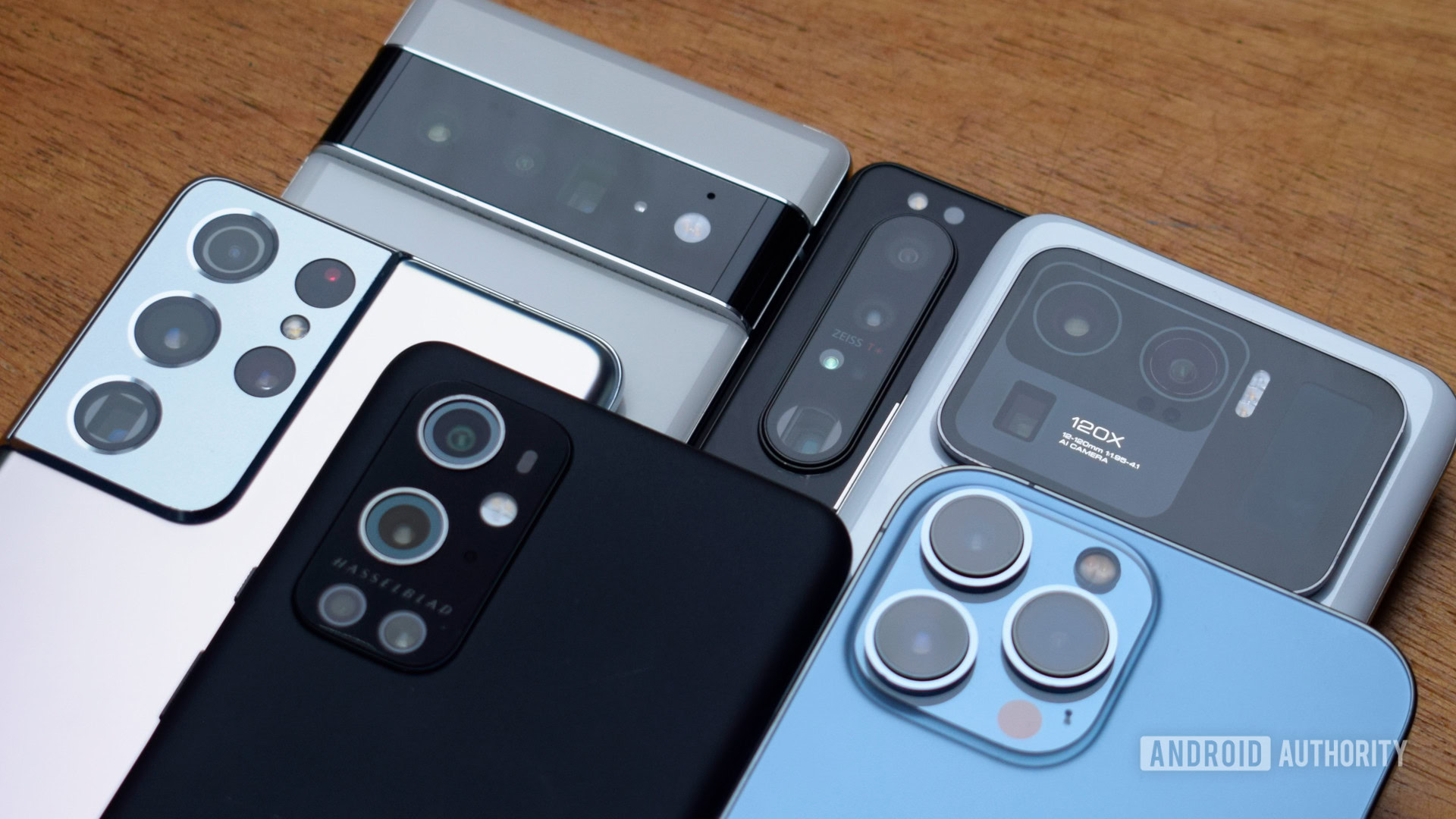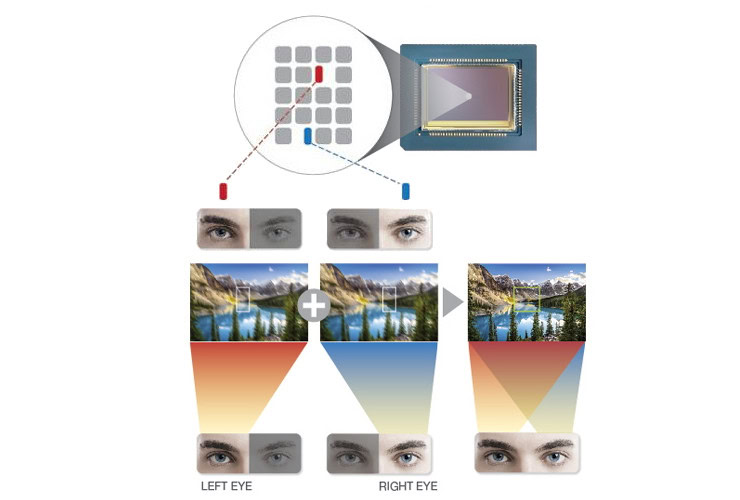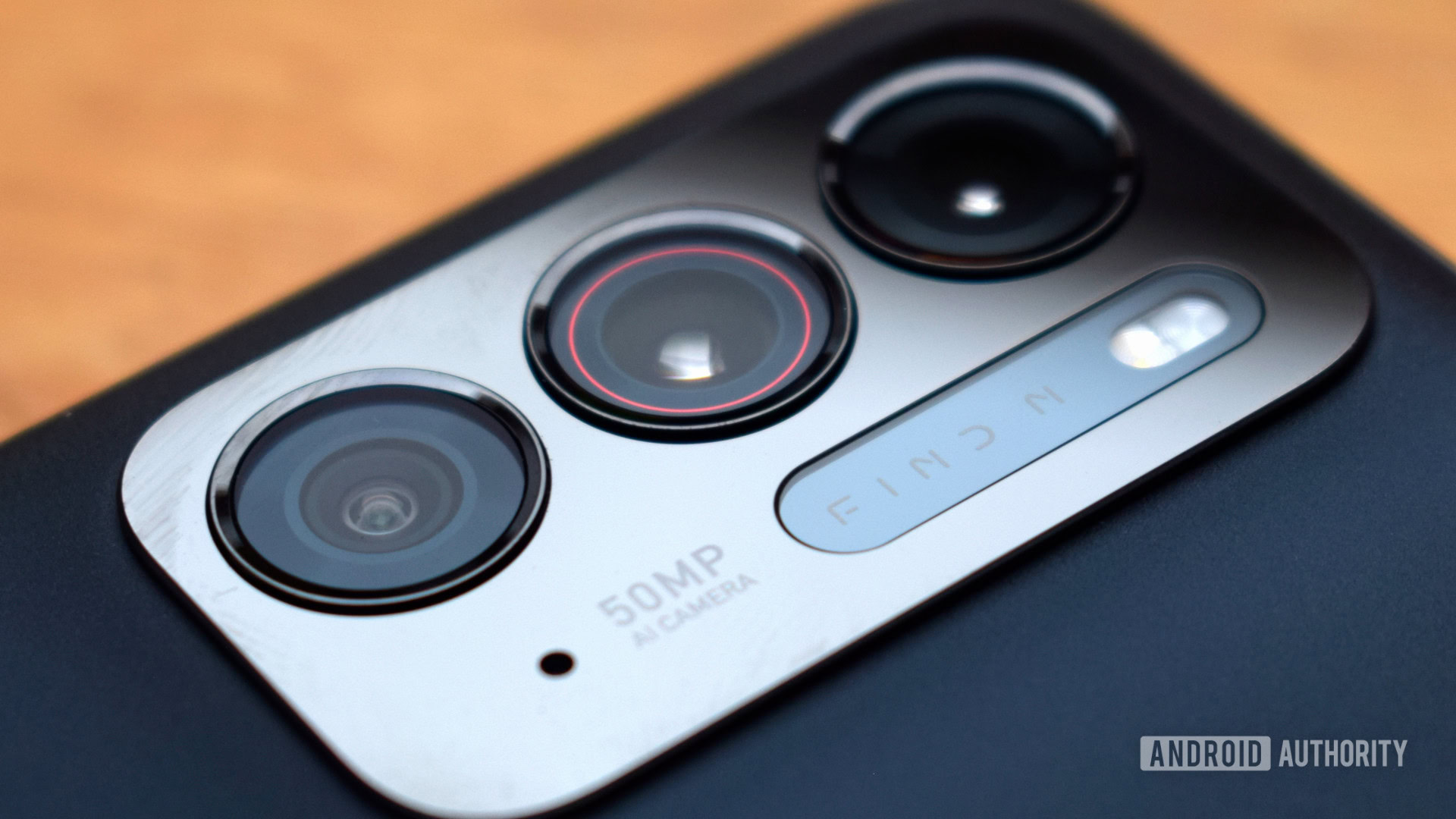What Is A Pdaf Camera

Robert Triggs / Android Potency
Autofocus technology is one of the key pillars of mobile photography, ensuring crisp, clean captures of even the fastest moving subjects. But did you know that autofocus comes in a diverseness of types? Today we're going to dive into Phase Detection autofocus (PDAF), one of the most common types of autofocus.
A lot of modern smartphone cameras have Phase Detection autofocus. It'south both faster and more accurate than classic contrast detection. Contrast detection is the simplest and cheapest form of autofocus, just also the slowest and least accurate with moving subjects. Then what makes PDAF so much better?
Before we start: Learn well-nigh the most important photography terms
What is PDAF, and how does it piece of work?
PDAF traces its roots back to traditional cameras and DSLRs similar all skilful camera technologies. DSLR cameras use mirrors to reflect copies of the main sensor's low-cal at a dedicated phase-detection sensor. Smartphones don't accept the aforementioned infinite to fit all these parts in. Instead, mobile sensors have defended PDAF pixels built into the image sensor, an approach borrowed from compact cameras.
The simplest style to understand how PDAF works is to recall near light passing the camera lens at the very extreme edges. When in perfect focus, low-cal from even these extremes of the lens will refract back to meet at an exact point on the camera sensor. This focus/meeting point existence set up in front of, or backside the epitome sensor, causes a blurry image. Adjusting the lens to change this focal point is precisely how camera focusing works.

In other words, nosotros can tell if an epitome is in focus because even light coming from 2 different points on the lens converge on a single point. DSLR and mirrorless phase detection autofocus cameras use two dedicated PDAF sensors to capture carve up images for comparing. Compact cameras and smartphones don't have this luxury. Instead, the system creates this dual perspective using defended stage detecting photodiodes on the image sensor itself.
These photodiodes are physically masked such that low-cal from but ane side of the lens reaches it. This produces left-looking and right-looking pixels on a single epitome sensor, giving us our ii images to compare focus. The stage difference between the ii images is calculated to determine the focus point. Samsung's diagram below offers an intuitive await at this by comparing these left/right pixels to our eyes.

By obtaining left and right offset images, PDAF works a little like the homo eye.
If the image is out of focus, the phase difference data betwixt images is used to summate how far the lens needs to be moved to bring information technology into focus. This is what makes PDAF focusing so fast compared to contrast detection. However, with one-half of the pixel blocked, these photodiodes stop up with less light than a regular pixel. This can crusade bug focusing in low lite, where traditional contrast detection is yet often used as a hybrid solution. Furthermore, vertical strips mean that cameras can have bug focusing on horizontal lines, so improve sensors utilise cross-focus patterns.
Equally you tin too run across, nosotros don't need to use every pixel on the photographic camera to effigy out the focus. Instead, several pixel strips across the sensor volition exercise. Typically, the camera only uses v% to 10% of sensor pixels for autofocusing. However, some of today's loftier-end sensors with improved PDAF enable to apply of every pixel for focusing, making them fifty-fifty faster and more accurate.
Related: What a pro photographer can do with a cheap smartphone camera
PDAF pros and cons

Robert Triggs / Android Authority
Compared to traditional contrast autofocus, stage detection autofocus is faster and more accurate. Contrast autofocus takes a long time because it has to scan through its entire range of focal points to notice the sharpest focus. It's essentially trial and mistake. PDAF uses the phase difference to almost immediately calculate how far the lens needs to travel to achieve focus.
Phase detection AF is faster and more authentic than traditional contrast AF.
Yet, on-sensor PDAF has a few drawbacks compared to DSLR PDAF. The nature of modest smartphone sensors and even smaller pixels can make noise an result, which is problematic in depression-light situations. Fifty-fifty phase detection autofocus can take several attempts to obtain perfect focus in less than platonic weather. Using more than pairs of detectors helps speed things up. As a result, smartphones sometimes implement a hybrid arroyo to tackle this shortcoming.
Source: https://www.androidauthority.com/how-pdaf-works-1102272/
Posted by: leachcalist.blogspot.com

0 Response to "What Is A Pdaf Camera"
Post a Comment